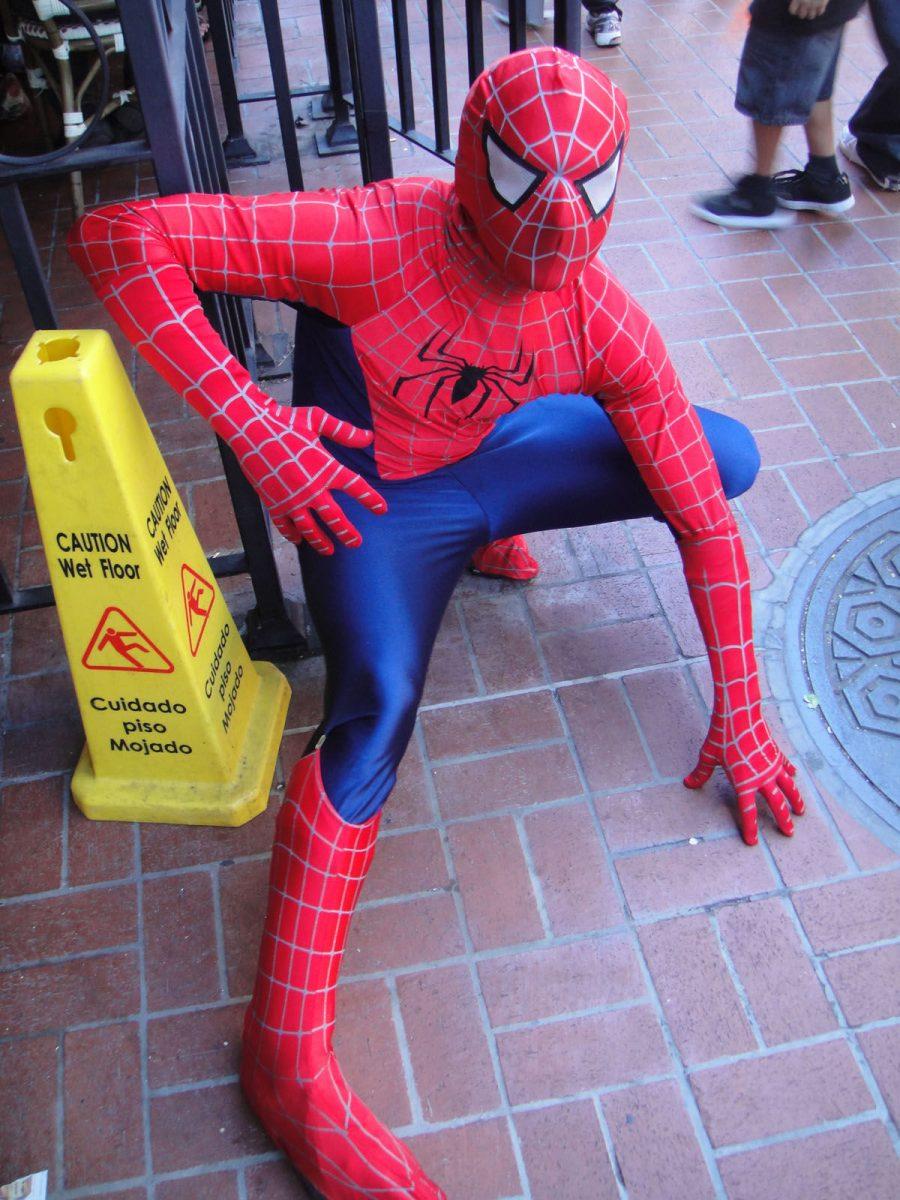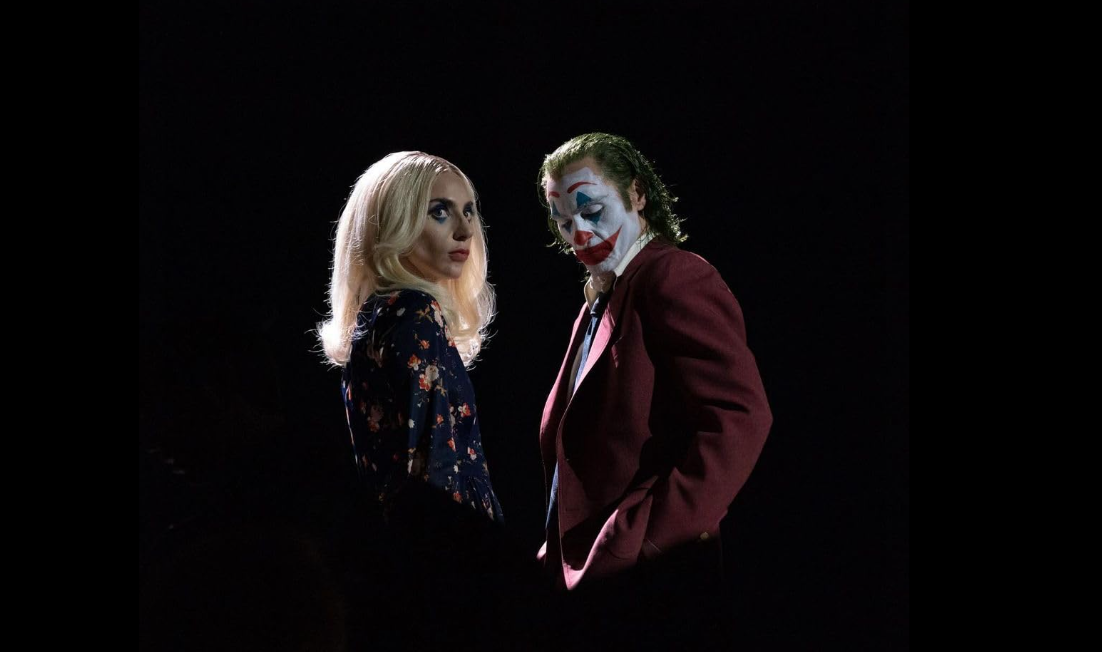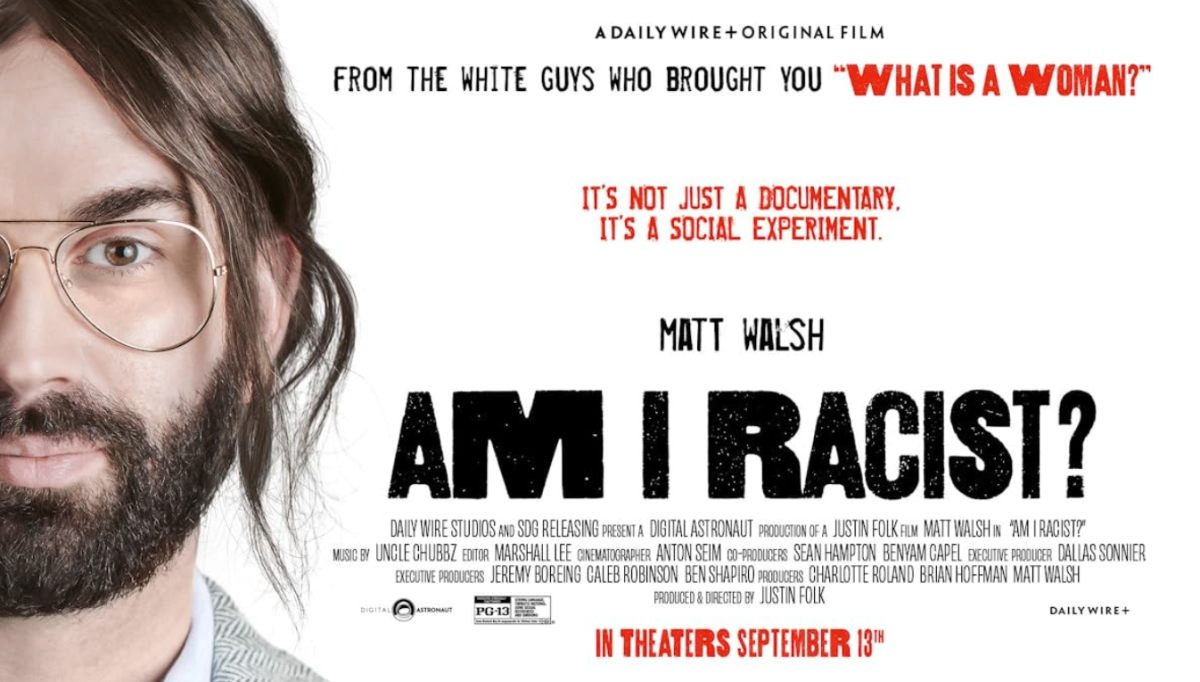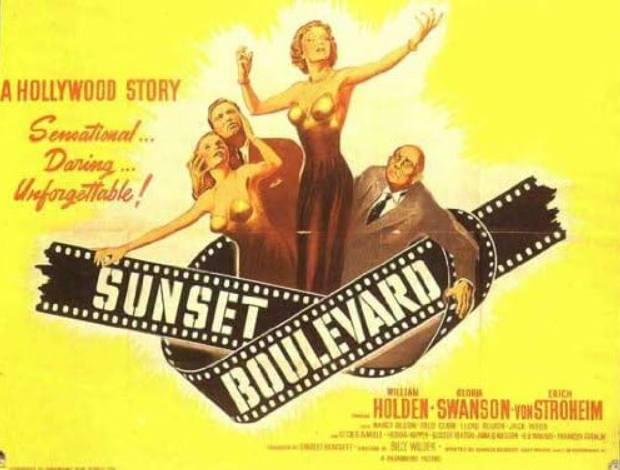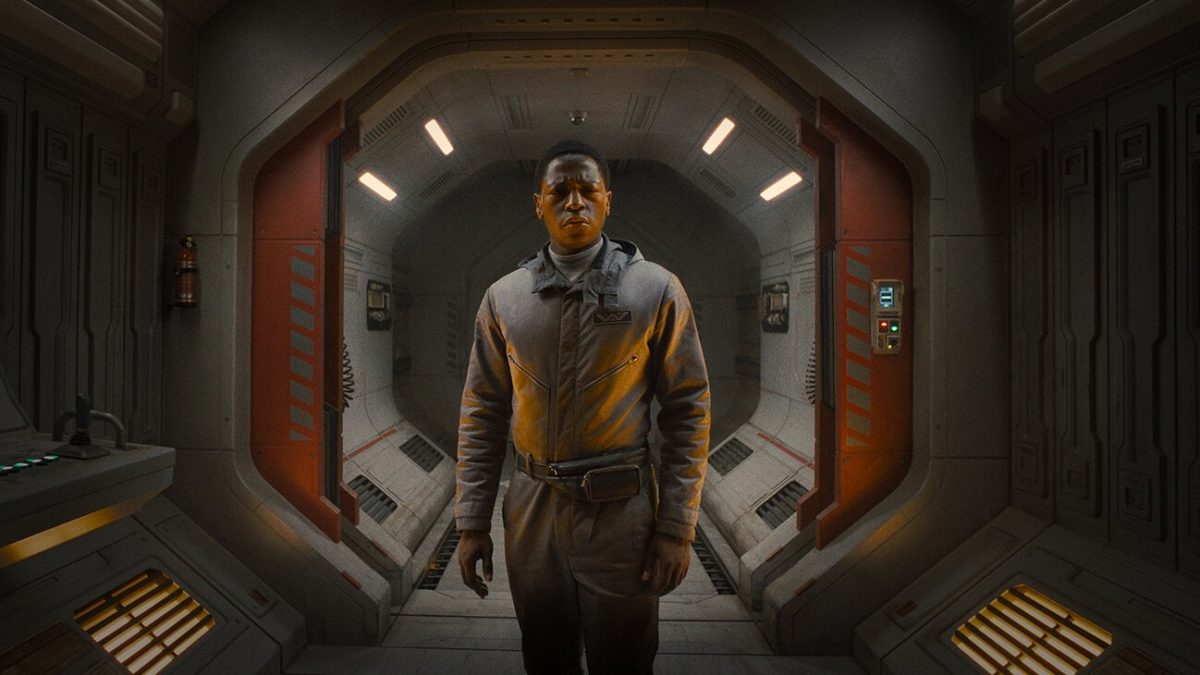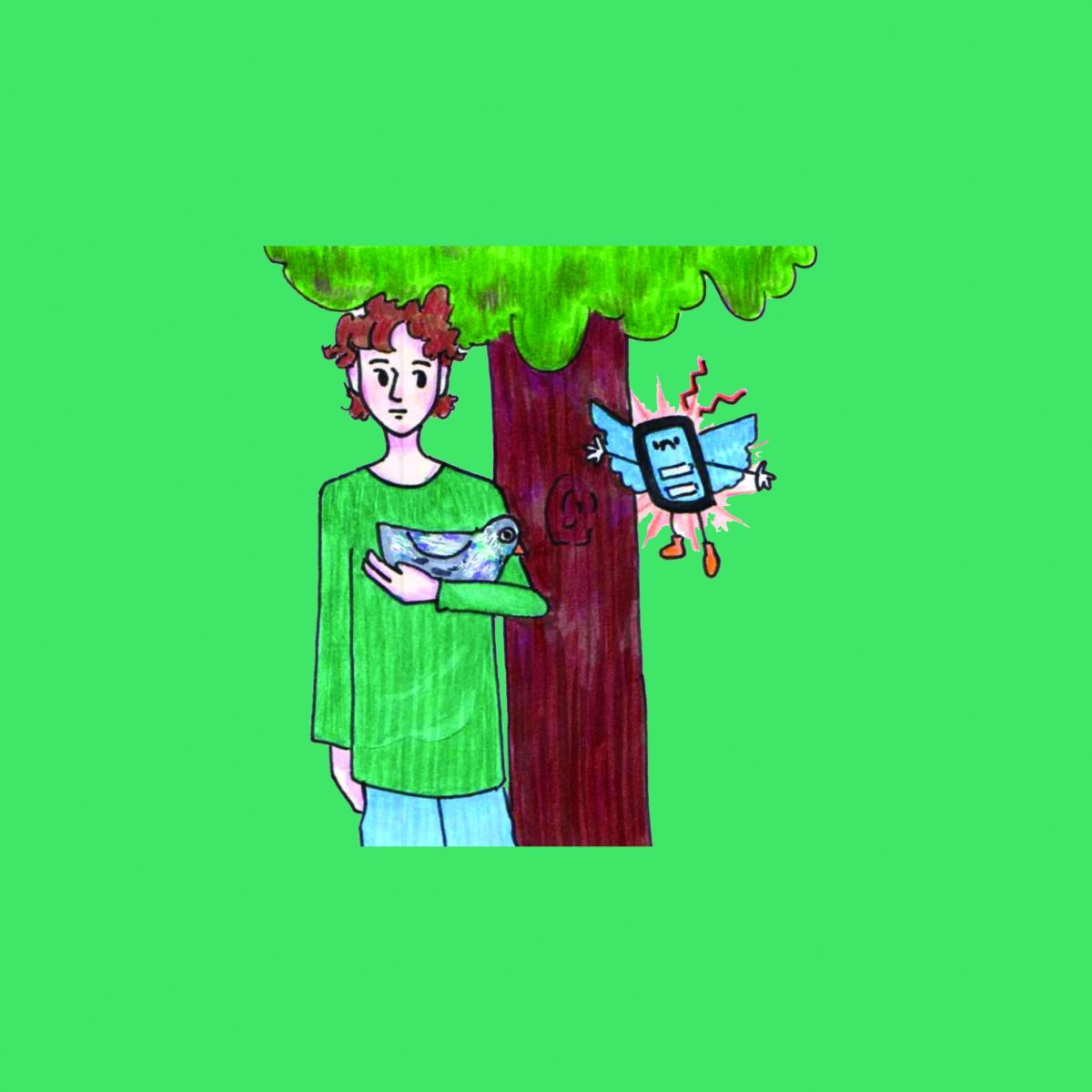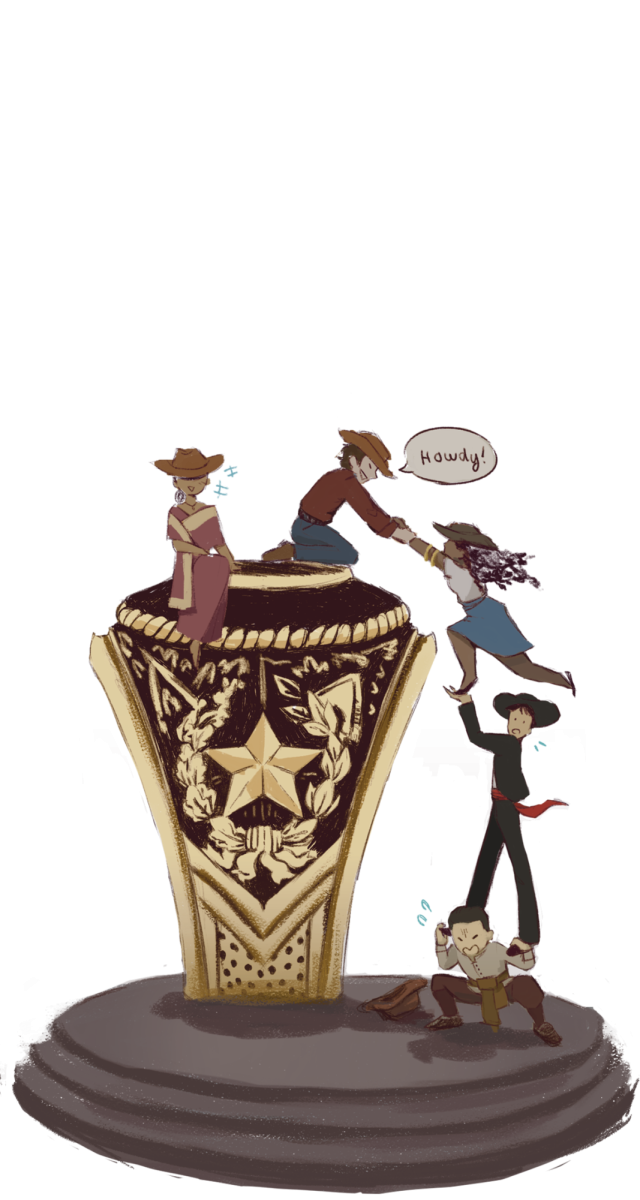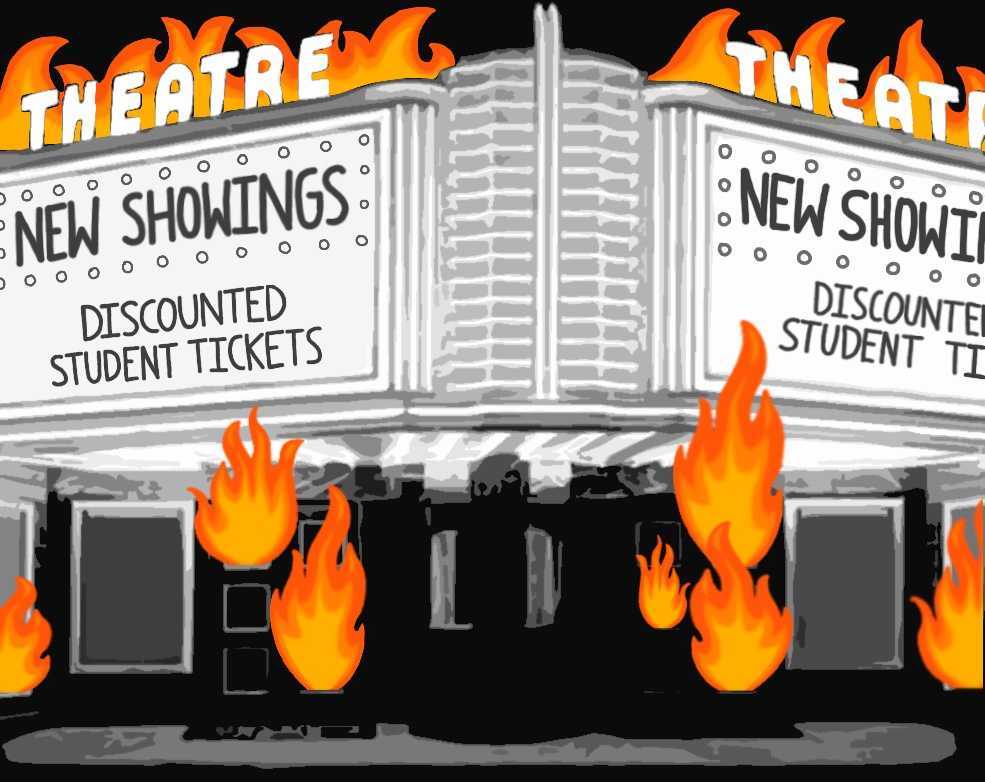Content warning: This article contains spoilers for “Spider-Man: No Way Home.”
What makes Spider-Man’s story one of the most recognizable of this generation? We could cite the three live-action Spider-Men who have appeared on theater screens in the past 20 years and dozens more animated Spideys, or we could delve a little deeper and look at why Spider-Man is so intrinsically linked to nostalgia for American audiences and how it was the key to “Spider-Man: No Way Home.”
Superhero stories are something uniquely American. Captain America was created in the dawn of World War II and declared war on Hitler before our country did. He’s the ideal hero, the knight in shining armor from every fairy tale. The perfect soldier in every way imaginable, with unshakable morals and a punch to prove his worth, “Cap” was someone that the American public needed. He represented the fighting hope of America and the morals of the people, a symbol for all intents and purposes.
However, Spider-Man is not a symbol of American goodness; he doesn’t fight Nazis or international crime syndicates, rather he takes on the every day evil found lurking the streets of New York. He stops muggings and keeps power-hungry millionaires from ruining neighborhoods. Stan Lee created a hero for the modern world, an imperfect boy from Queens who learns that “with great power comes great responsibility.” Peter has to deal with the consequences of his own actions — as seen through the death of his Uncle Ben, a result of him letting a criminal loose in the comics and both Tobey Maguire and Andrew Garfield’s film portrayals of the hero.
What they all have in common is the bite. Every Spider-Man — or Spider-Person — was bitten by a radioactive spider.
Try to remember the scene in “Spider-Man: Homecoming” where Peter gets bitten by a radioactive spider. Couldn’t think of it? That’s because it never existed. The Marvel Cinematic Universe introduced us to Tom Holland’s Peter Parker post-bite, instead roping him into the events of “Captain America: Civil War” and letting us fill in the gaps ourselves. Yes, it’s mentioned that he was bitten by a radioactive spider in “Spider-Man: Homecoming,” but this fragment of a conversation was the first time the hero’s absolute origins weren’t shown on screen.
How was this gap in the story able to succeed? Our society no longer needs to hear the origin to know it’s a Spider-Man story. The proof is found interspersed throughout “Spider-Man: Into the Spider-Verse.” The movie starts off with the lines, “all right, let’s do this one last time” before briefly telling his famous story (“My name is Peter Parker, I was bitten by a radioactive spider”).
Peter Parker is such a memorable character, and not just because of his popularity in American culture over the past 50 years — he’s such a relatable character.
He’s not a super-soldier or a trained assassin. He’s just a kid who got bit by a spider. That’s the basis of all Spider-Man tales; a high school boy is bitten by a genetically modified spider by mere coincidence. His struggles are superhero metaphors for the difficulties that we all have to face growing up. We see these parallels in Spidey’s villains; Maguire’s Venom shows what happens when we lose sight of ourselves and our humility, becoming our own monster, or Garfield’s Dr. Connors, who loses sight of his humanity in an attempt to become perfect.
How did Spider-Man become one of the most adapted superheroes of all time? How did his origin story become so well-known that it even appears in a line from “Twilight?” And how were Marvel and Sony able to pull off three live-action versions of the same story in only 20 years? There might never be one full answer, but for the near future, I think it’s safe to say there will never be a shortage of Spider-Men.
And if we do lose him, all we’d have to do is look inward. As Miles Morales said, “anyone can wear the mask.”
In the meantime, it’s safe to say Spider-Man is linked with nostalgia for most of the recent generations. Maguire’s trilogy reached theaters in 2002, Garfield’s following only 10 years later in 2012 and Holland’s waiting not even a decade before launching his story in 2017. While it’s entirely possible that these stories weren’t everyone’s introduction to the hero, it’s very likely they knew someone who had seen the movies or TV shows. Spider-Man’s story is impossible to avoid, even the use of the hero as a meme in several different capacities can be an explanation for the understanding of his story.
The success of the recent “Spider-Man: No Way Home” was reliant on this nostalgia for older tellings of the story, as it included not only Maguire and Garfield’s Spider-Men to fight alongside Holland’s, but also their most popular villains. In a beautiful display of what it means to be a hero and finding oneself, the movie is also heavy with references to the past two franchises.
Nostalgia-linked or not, Spider-Man proves to be one of the most popular and well-loved superheroes in the Marvel universe and with the success of “Spider-Man: No Way Home,” it’s clear that Peter Parker isn’t going anywhere.
Abbie Beckley is an English junior and an opinion writer for The Battalion.



